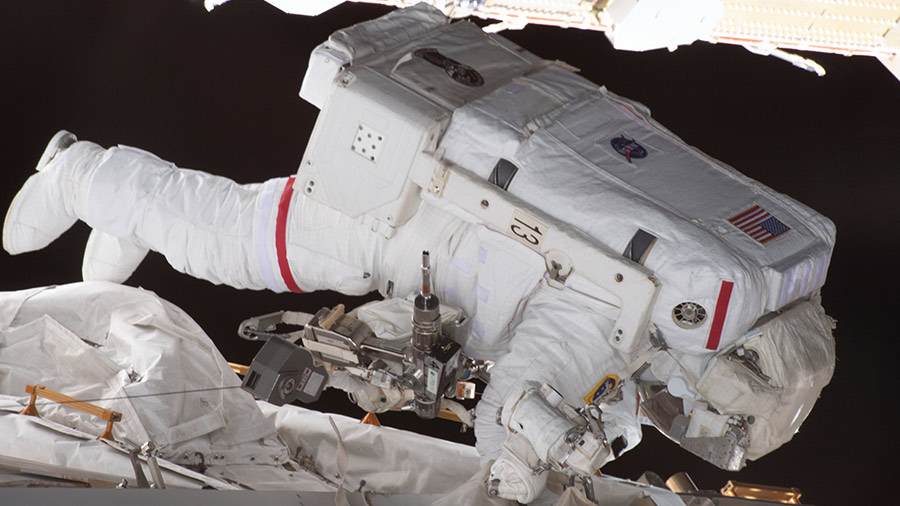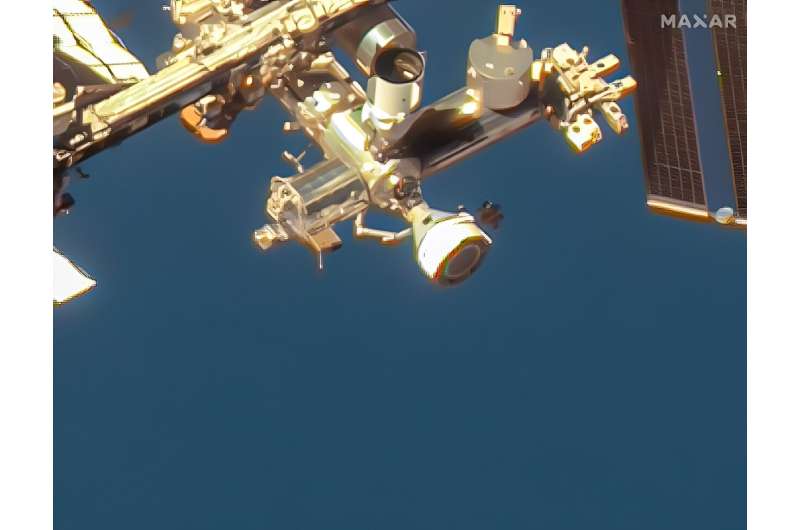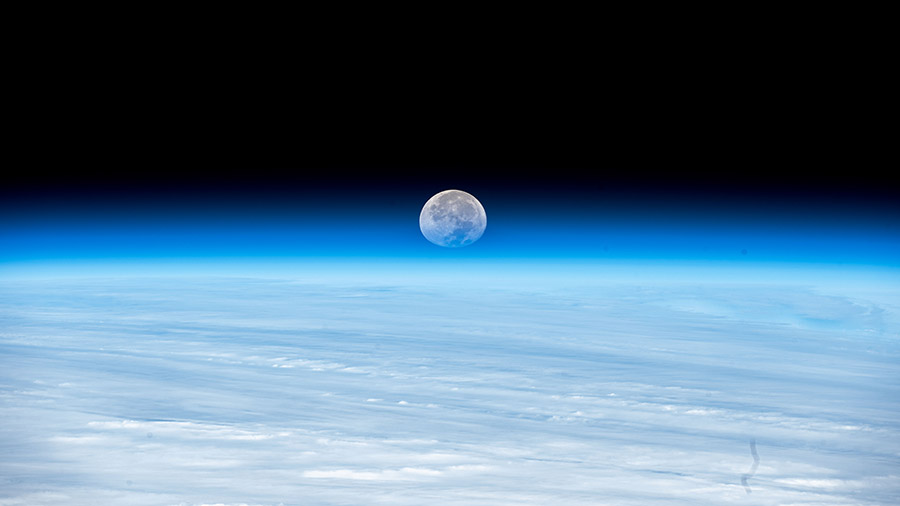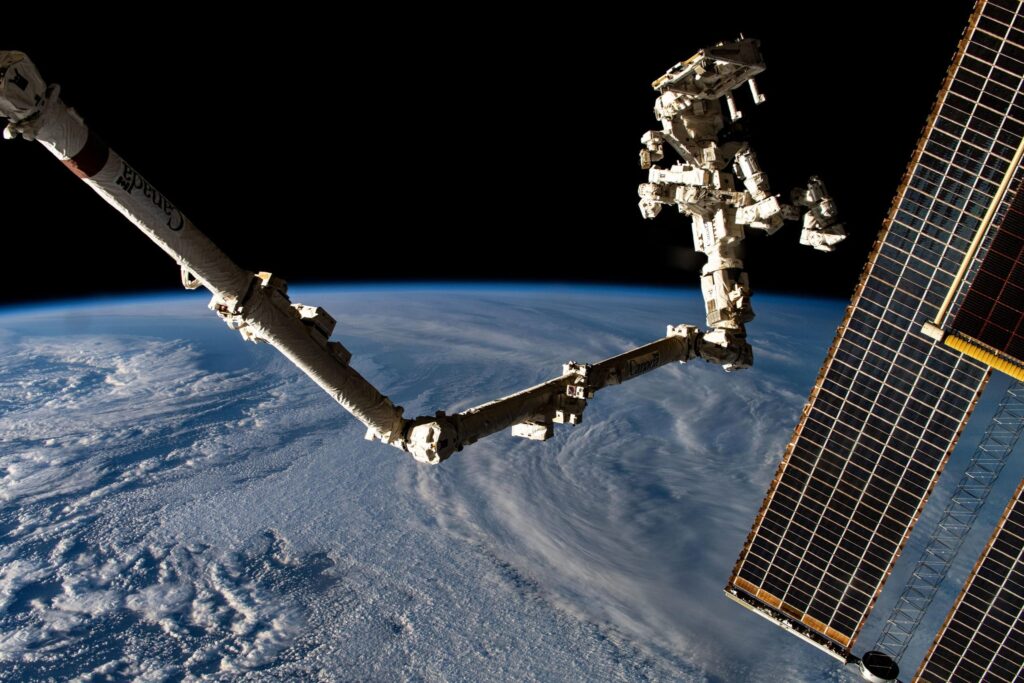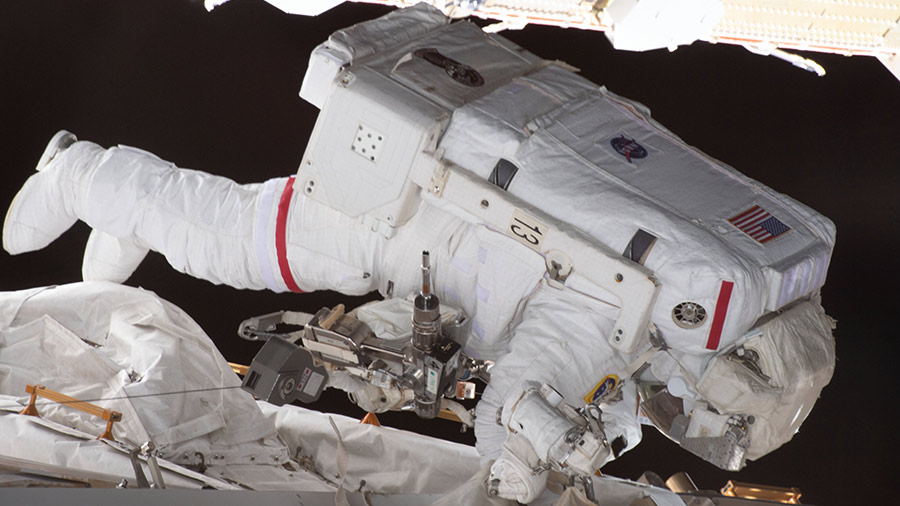
The Expedition 70 crew participated in standard post-spacewalk activities today including health checks, spacesuit work, and a team conference. Meanwhile, science remained on Thursday’s schedule as the International Space Station residents studied future piloting techniques and space manufacturing.
NASA astronauts Jasmin Moghbeli and Loral O’Hara had their first post-spacewalk medical exams on Thursday. The duo spent a few moments measuring each other’s vital signs including temperature, blood pressure, and pulse. Afterward, the pair began cleaning up the Quest airlock and deactivating their spacesuits.
Moghbeli also downlinked imagery captured using spacewalk cameras on Wednesday. She then photographed the spacesuit gloves for inspection and analysis by mission controllers on the ground. O’Hara logged into a computer and participated in a cognitive assessment.
After lunchtime, the two astronauts joined Commander Andreas Mogensen and Flight Engineer Satoshi Furukawa for a conference with ground specialists and discussed the previous day’s spacewalk activities. Mogensen from ESA (European Space Agency) also spent an hour-and-a-half servicing the spacesuits the spacewalkers wore the day before. Satoshi from JAXA (Japan Aerospace Exploration Agency) joined the trio at the end of the day for eye scans using the Ultrasound 2 device.
The orbiting lab’s three cosmonauts spent Thursday focused on space research and lab maintenance in the orbital outpost’s Roscosmos segment. Cosmonaut Nikolai Chub split his day on a pair of different experiments. During the morning, he explored spacecraft and robotic piloting techniques crews may use on future planetary missions. He then spent the afternoon testing a 3D printer that could help crews become less dependent on supply missions launched from Earth. Cosmonauts Oleg Kononenko and Konstantin Borisov worked throughout the day maintaining a variety of life support and electronics hardware.
NASA and SpaceX now are targeting 8:28 p.m. EST, Nov. 9, for launch of the company’s 29th commercial resupply services (CRS-29) mission to the International Space Station. The additional time allows for completion of final prelaunch closeout ahead of liftoff of the SpaceX Falcon 9 rocket and Dragon cargo spacecraft from Launch Complex 39A at NASA’s Kennedy Space Center in Florida.
Prior to every Dragon mission, SpaceX conducts extensive prelaunch checkouts at every stage of refurbishment and final integration to ensure the spacecraft is ready to safely fly its next mission. During the initial propellant load in preparation for the CRS-29 mission, teams identified a leak of NTO (nitrogen tetroxide oxidizer) in a Draco thruster valve, which per standard procedure required a pause to the operation to troubleshoot. The team inspected the valve and respective data, and decided to replace the thruster.
SpaceX continues to keep NASA informed throughout the process and the joint team collectively decided to shift launch to account for the initial part replacement and subsequent system checkouts and data reviews.
With a Nov. 9 launch, the spacecraft will arrive at the space station about 5:20 a.m. Saturday, Nov. 11.
Learn more about station activities by following the space station blog, @space_station and @ISS_Research on X, as well as the ISS Facebook and ISS Instagram accounts.
Get weekly video highlights at: https://roundupreads.jsc.nasa.gov/videoupdate/
Get the latest from NASA delivered every week. Subscribe here: www.nasa.gov/subscribe

